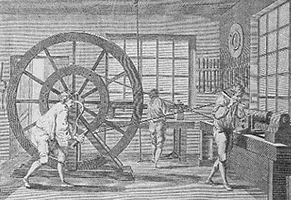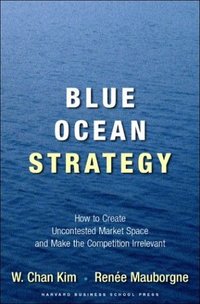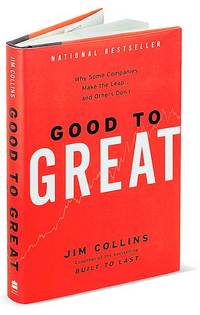 A flywheel lathe from the mid-1700s. Source of image: http://www.stuartking.co.uk/articles/lathe.htm
A flywheel lathe from the mid-1700s. Source of image: http://www.stuartking.co.uk/articles/lathe.htm
In Jim Collins’ book Good to Great, I really liked his flywheel analogy, that makes the point that in business (and life), success often is mainly due to the day-in-day-out exertion of effort and care. The version below is from a Collins article, based on his book.
Now picture a huge, heavy flywheel. It’s a massive, metal disk mounted horizontally on an axle. It’s about 100 feet in diameter, 10 feet thick, and it weighs about 25 tons. That flywheel is your company. Your job is to get that flywheel to move as fast as possible, because momentum — mass times velocity — is what will generate superior economic results over time.
Right now, the flywheel is at a standstill. To get it moving, you make a tremendous effort. You push with all your might, you make a tremendous effort…and finally you get the flywheel to inch forward. After two or three days of sustained effort, you get the flywheel to complete one entire turn. You keep pushing, and the flywheel begins to move a bit faster. It takes a lot of work, but at last the flywheel makes a second rotation. You keep pushing steadily. It makes three turns, four, five, six turns. With each turn it moves faster, and then – at some point, you can’t say exactly when – you break through. The momentum of the heavy wheel kicks in your favor. It spins faster and faster, with its own weight propelling it. You aren’t pushing any harder, but the flywheel is accelerating, its momentum building, its speed increasing.
Source:
Jim Collins. "Good to Great." Fast Company 51 (September 2001): 90.





